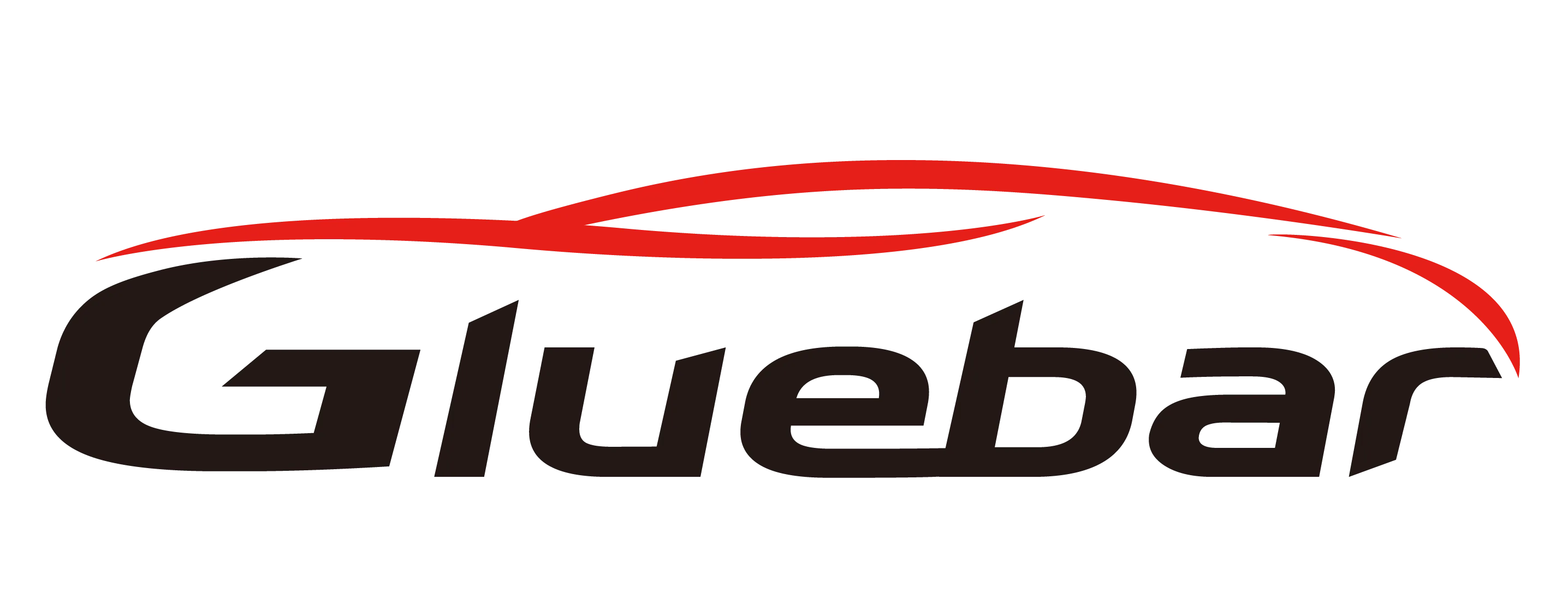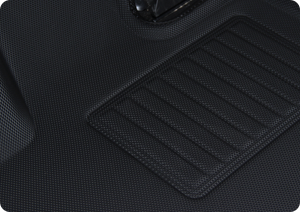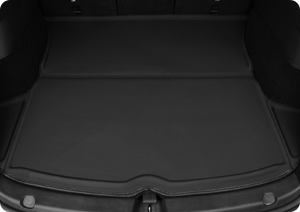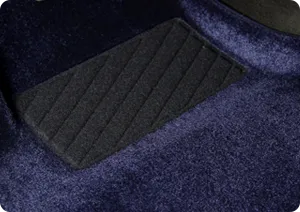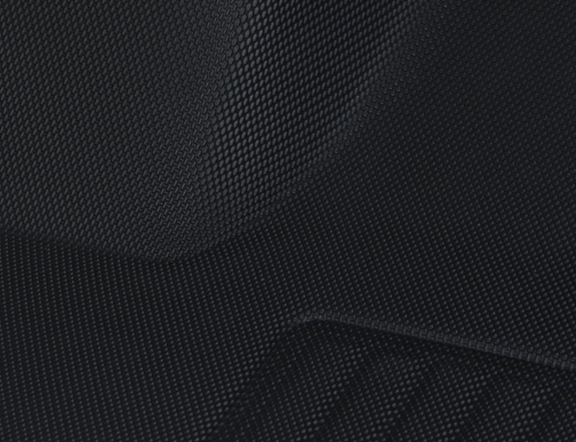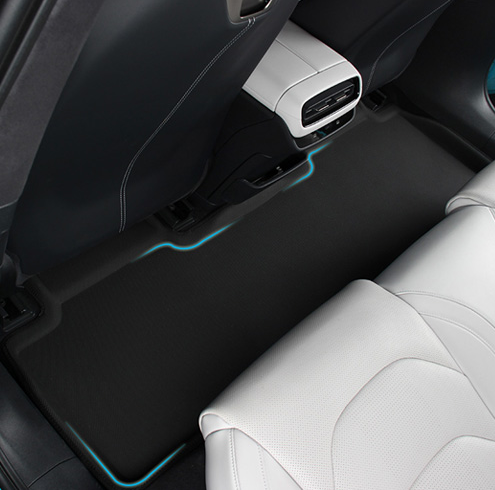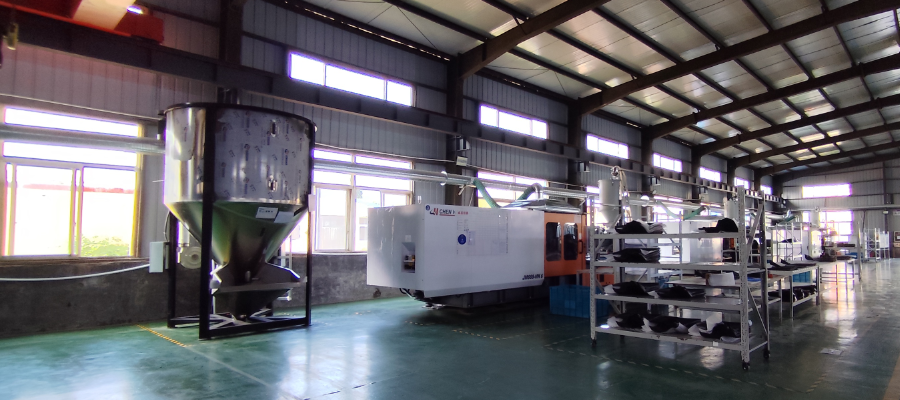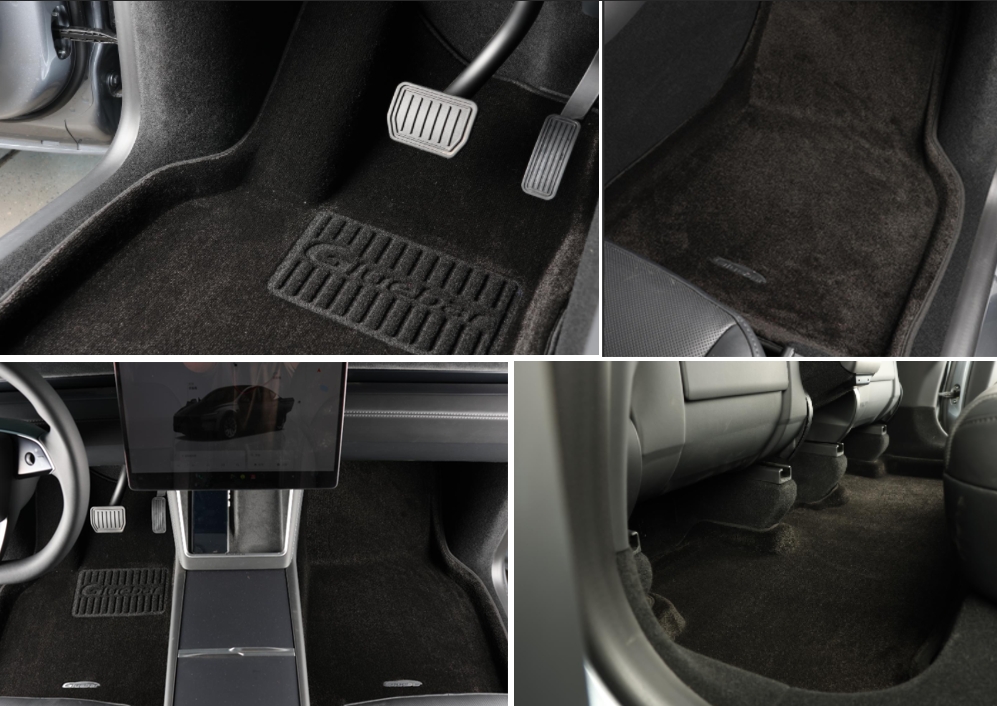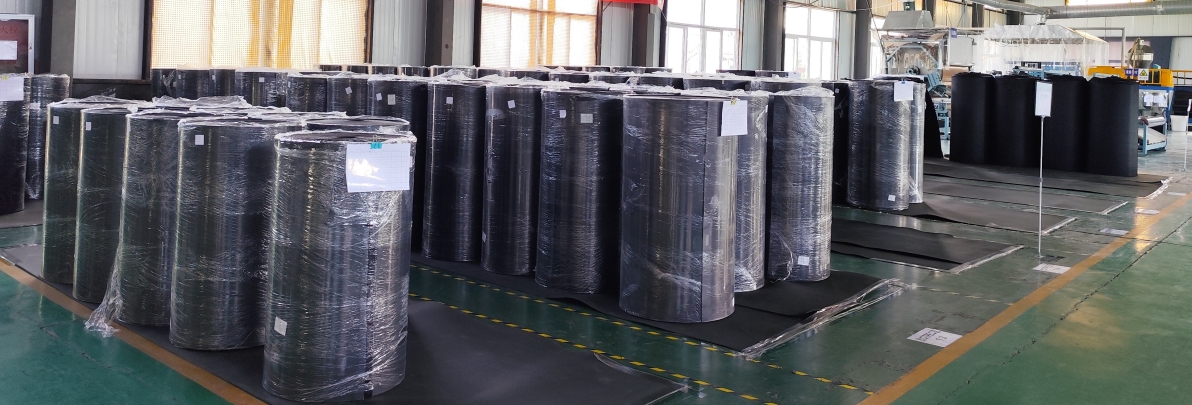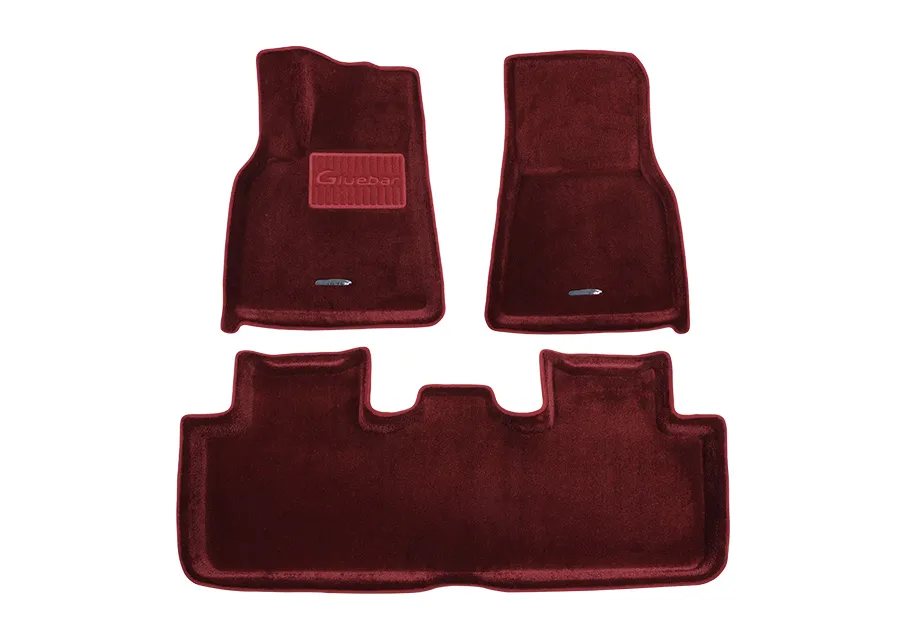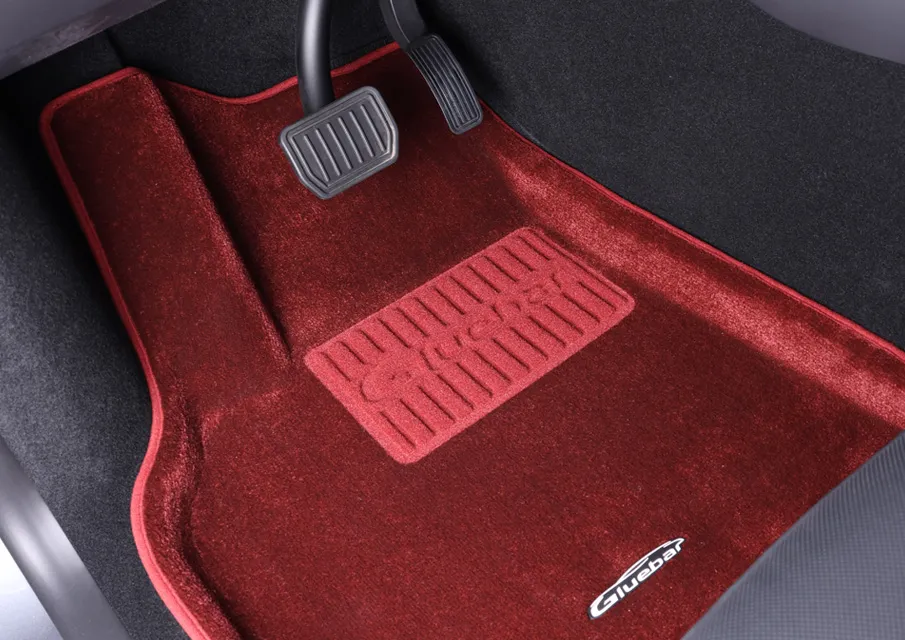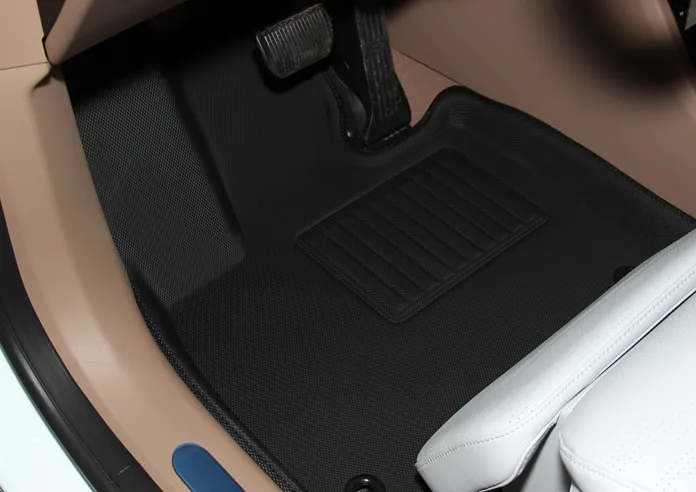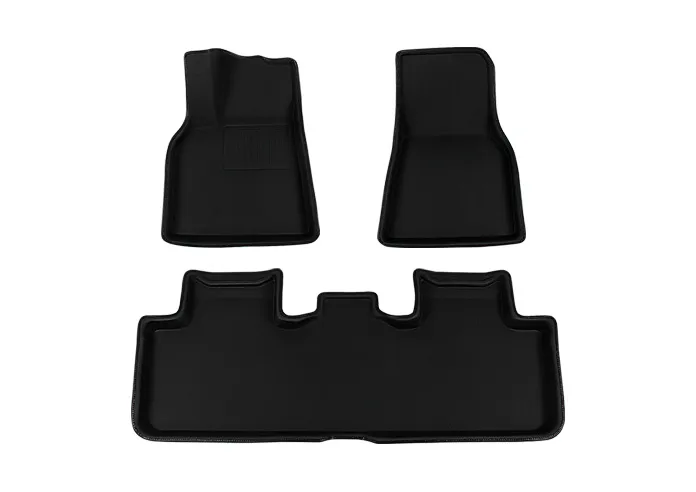Different countries drive in different ways.
Some drive on the left, others on the right. These habits shape how cars are built—especially the floor mats.
As a TPE car mat manufacturer, Gluebar needs to match each country’s driving style. LHD (left-hand drive) and RHD (right-hand drive) might look similar from the outside, but they’re not the same inside. From pedal positions to clip layouts and wheel arch curves, nearly every detail changes.
For B2B buyers, it’s not just about symmetry.
It’s about delivering the right fit, ensuring safe use, and keeping after-sales costs low.
When you're working with international markets, getting LHD and RHD fit right can make or break your customer’s trust—and your return rate.
What Are LHD and RHD?
LHD (Left-Hand Drive) means the steering wheel is on the left side, and vehicles drive on the right side of the road.
RHD (Right-Hand Drive) is the opposite—the steering wheel is on the right, and cars drive on the left.
This doesn’t just affect driving habits. It also changes the entire structure of a car’s interior.
Especially around the driver’s side floor area, things like the layout of the pedals, the curve of the wheel well, seat rail positions, and retention clip holes can be completely different. These details are exactly what determine whether a floor mat fits snugly—or not at all.
Why Does the Distinction Matter?
Many buyers assume that as long as the floor mat is “symmetrical,” it can fit both LHD and RHD vehicles.
But even a few millimeters off can make a big difference. A mat might fail to cover the brake or gas pedal correctly—or worse, shift around during driving, creating safety risks.
For B2B sellers, one mismatch can lead to bulk returns or customer complaints.
That’s not just a small mistake—it hits your brand reputation and bottom line.
In OEM partnerships, precision isn’t a bonus—it’s the bare minimum for delivery.
How Do We Ensure a Perfect Fit Every Time?
At Gluebar, we use 3D laser scanning to collect precise floor data for both LHD and RHD vehicles—independently. Each mat is custom-modeled, tested, and trial-fitted. We never rely on “universal designs” or mirrored templates.
From the mold design stage, we carefully model the exact positions of pedals, mounting holes, wheel arches, and other key areas.
This guarantees that the final product meets OEM-level accuracy and fits like it came with the car.
By getting it right from the start, we prevent issues like misalignment or loose fitting—so your end customers enjoy a perfect fit, every time.
Our Global Market Coverage
We support both LHD and RHD custom-fit floor mats for the following markets:
- LHD markets: United States, Germany, France, Italy, Mexico, South Korea, China, and more
- RHD markets: United Kingdom, Japan, Australia, New Zealand, Malaysia, Singapore, India, and others
To meet the diverse regulatory and design requirements across regions, we've built a comprehensive database and mold system. This allows us to quickly develop and deliver custom floor mats at scale—accurate, compliant, and ready for global distribution.
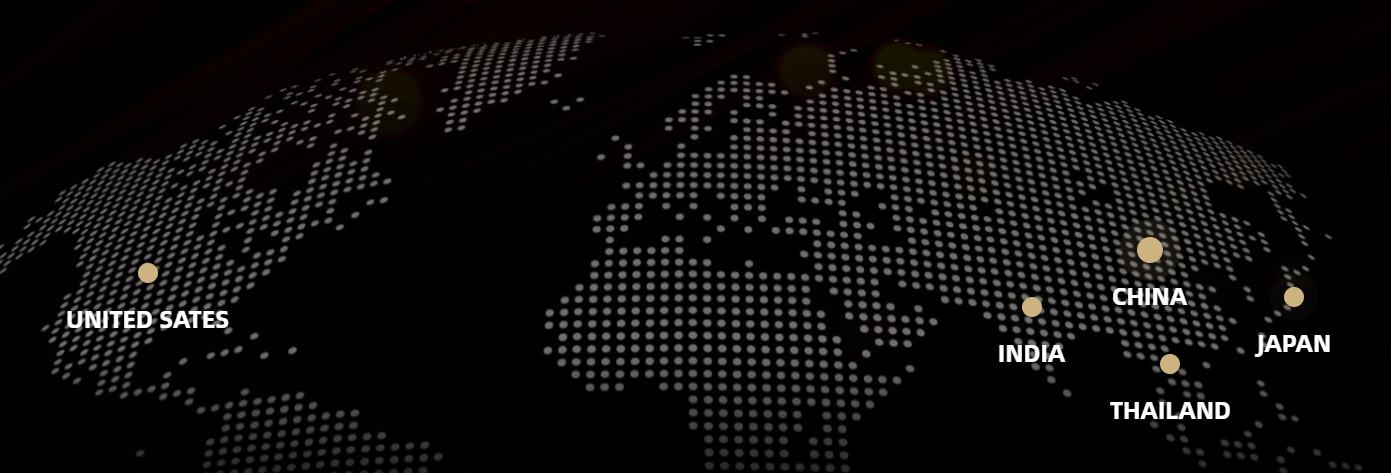
Why Choose Gluebar?
Gluebar operates a 27,000㎡ modern production facility with over 300 skilled employees and an annual output of more than 1.5 million sets of TPE car floor mats. We supply products to over 2,000 auto sales and service shops worldwide, and maintain long-term partnerships with top OEMs including BYD, Geely, Chery, Baoneng, and more.
With both OEM and ODM capabilities, we support parallel development and customization of LHD and RHD floor mats for global markets.
Choosing Gluebar means choosing lower error rates, stronger delivery capacity, and floor mat solutions engineered to meet international standards.
